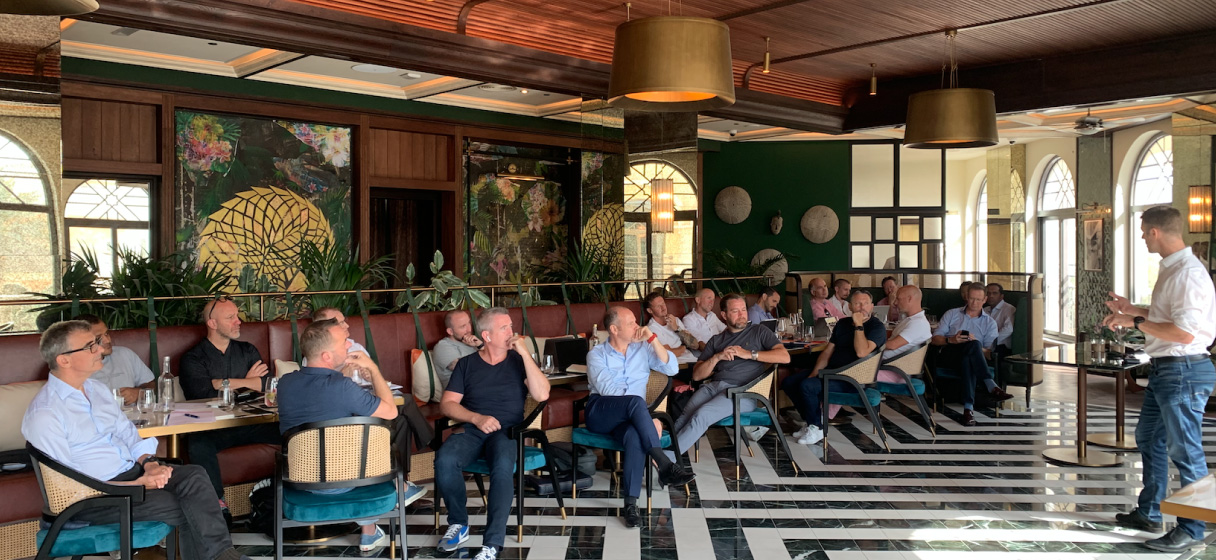
Team building training is a valuable tool for improving collaboration, communication, and cohesion within teams. To ensure the success of your team building training Dubai sessions, consider the following best practices:
Tailor training to team needs:
Before designing your team building training program, take the time to assess the specific needs, challenges, and objectives of your team. Consider factors such as team dynamics, communication styles, and areas for improvement. Tailor your training program to address these specific needs and goals, ensuring that the content and activities are relevant and meaningful to participants.
Nurture a positive learning environment:
Create a positive and supportive learning environment where team members feel comfortable sharing their ideas, opinions, and experiences. Set ground rules for respectful communication and encourage open dialogue among participants. Be mindful of individual preferences and learning styles, and provide opportunities for engagement and participation for all team members.
Focus on collaboration and interaction:
Design team building training sessions that focus collaboration and interaction among participants. Incorporate activities, exercises, and discussions that require teams to work together to solve problems, make decisions, and achieve common goals. Encourage active participation and engagement from all team members to nurture a sense of ownership and commitment to the training process.
Provide opportunities for reflection and feedback:
Include opportunities for reflection and feedback throughout your team building training program. Encourage participants to reflect on their learning experiences, insights, and challenges, and provide structured opportunities for group discussion and reflection. Solicit feedback from participants on the effectiveness of the training sessions and use this feedback to make adjustments and improvements as needed.
Incorporate real-world applications:
Connect team building training content to real-world applications and scenarios relevant to participants’ work. Use case studies, simulations, and role-playing exercises to simulate real-world challenges and opportunities that teams may encounter in their day-to-day work. Encourage participants to apply the skills and concepts learned in the training sessions to their work projects and interactions with colleagues.
By following these best practices, you can design and implement team building training programs that nurture collaboration, communication, and cohesion within your teams, finally leading to improved performance and success.


